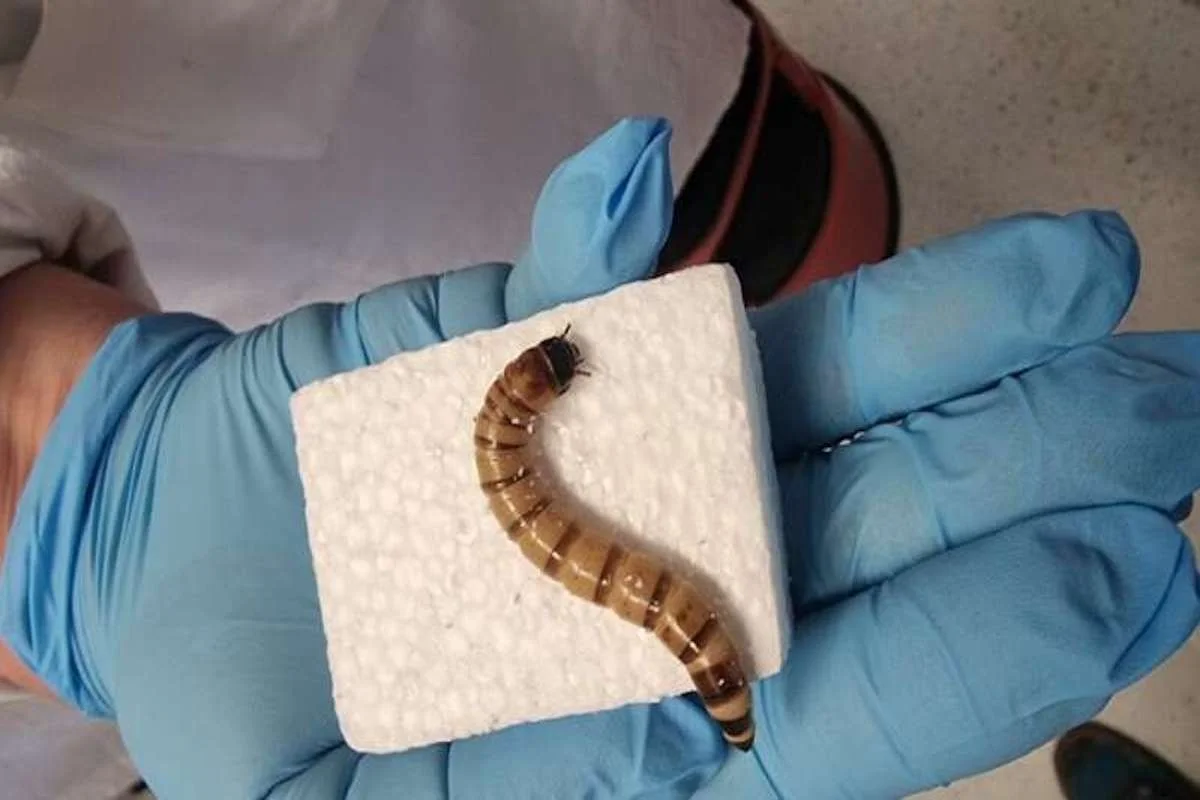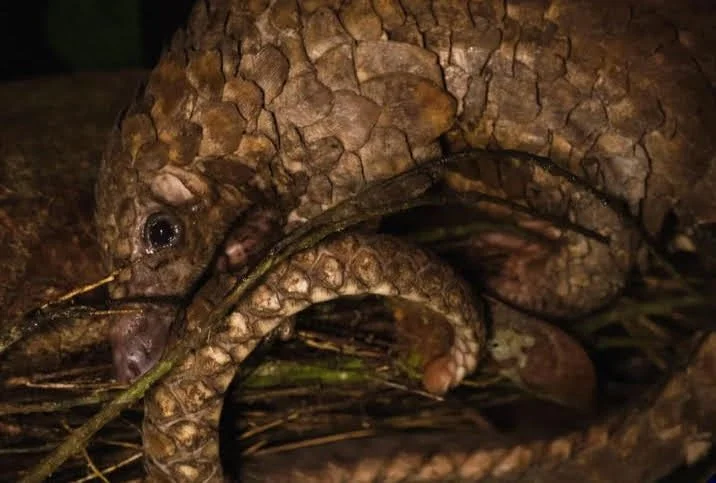When Is a Bee a Fish?
A California court has determined that a bee is a fish, at least as far as the California Endangered Species Act is concerned.
The question arose in 2018 when three advocacy groups – the Center for Food Safety, the Xerces Society for Invertebrate Conservation and the Defenders of Wildlife — petitioned to have four types of bumblebees listed as endangered under CESA.
But there was a problem. The CESA protects “native species or subspecies of a bird, mammal, fish, amphibian, reptile, or plant,” with nary a word about insects. However, the CESA does apply to “wild fish, mollusk, crustacean, invertebrate, amphibian, or part, spawn, or ovum of any of those animals.” The key word there is “invertebrate,” which includes bees and all insects.
Farming groups fought the ruling – which is odd, since farmers are pretty much dependent on bees and should be on the front lines protecting them – and had it overturned by the Sacramento Superior Court in 2020. But now California’s 3rd District Court of Appeal has reaffirmed that yes, a bee is a fish.
Xerces spokeswoman Sarina Jepsen told the Sacramento Fish Bee that reclassifying bumblebees as endangered species is “absolutely essential” to their survival, adding that “insects form the backbone of ecosystems.” (Ironic, given that “invertebrate” means lacking a backbone but never mind.)
Now that that’s cleared up, the four species of fish now eligible for protection under CESA are the Crotch bumblebee, Franklin bumblebee, Suckley cuckoo bumblebee, and the more prosaically named Western bumblebee.
Photo credit: Chrispo / Shutterstock







